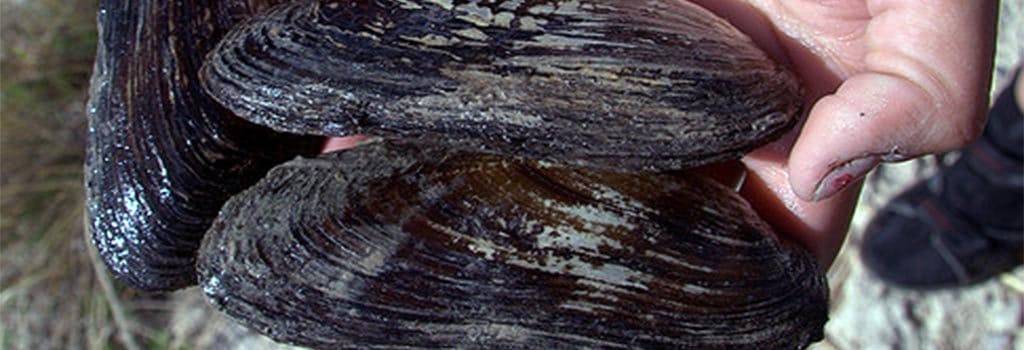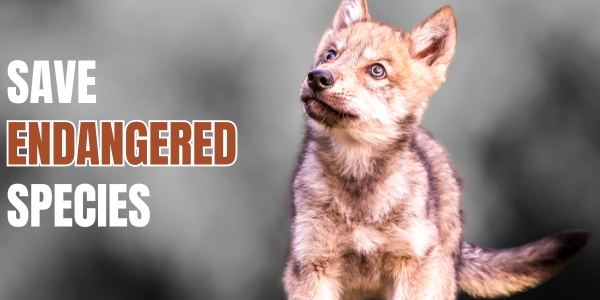Endangered + threatened invertebrate species
25 Years of Protecting Invertebrates
Making up 97 percent of all animal species on earth, invertebrates are, according to acclaimed ecologist E. O. Wilson, “the little things that run the Earth.” An invertebrate is any animal without a spinal column, and the word refers to insects, spiders, worms, snails, crustaceans, clams, squid, octopi, sea anemones, and coral, to name a very few. Some invertebrates are generalists and thrive almost anywhere, while others are extreme specialists, occurring in limited habitats and sometimes depending on a single plant species.
Though invertebrates are usually small, their ecological importance is in inverse proportion to their size – if we lost invertebrates, flowering plants would lose their pollinators, water would lose much of its filtration system, the soil would lose its composters and earth-turners, and the whole ecological system would likely collapse within months.
We wouldn’t even know what we were losing – the number of invertebrate species on Earth is unknown. Though we have described around 1,300,000 species, there remain an estimated 7 million more to be discovered. The group we call “invertebrates” is so vast that it is difficult to determine how many of them are threatened with extinction – what we do know is that 31 percent of invertebrate species evaluated by the IUCN in 2010 were at risk. Without swift action to halt the current extinction crisis, we may lose many invertebrates before we even knew they existed or what ecological role they played.

Endangered Invertebrates
Learn more about the threatened and endangered invertebrate species we work to protect. More about endangered invertebrates >
